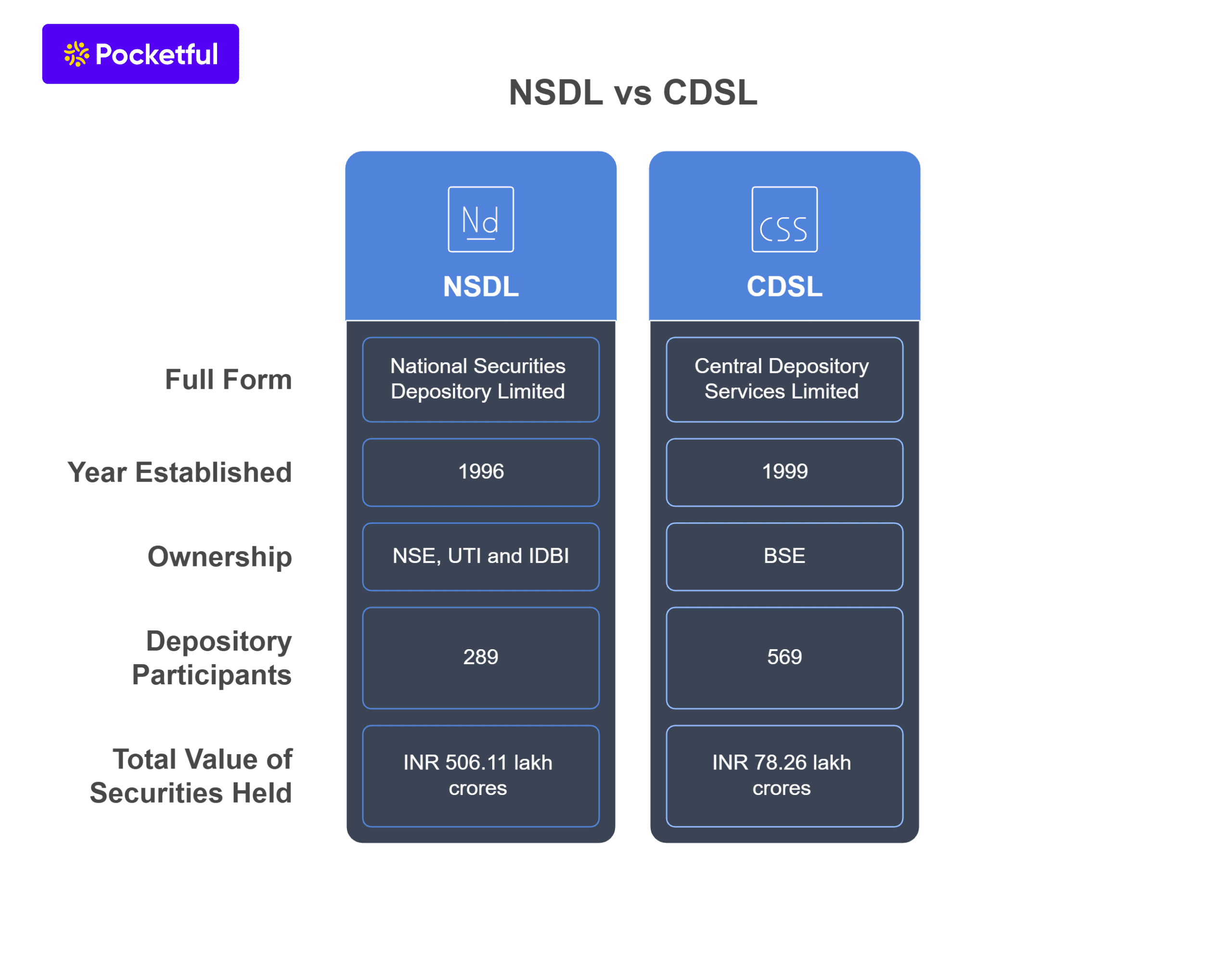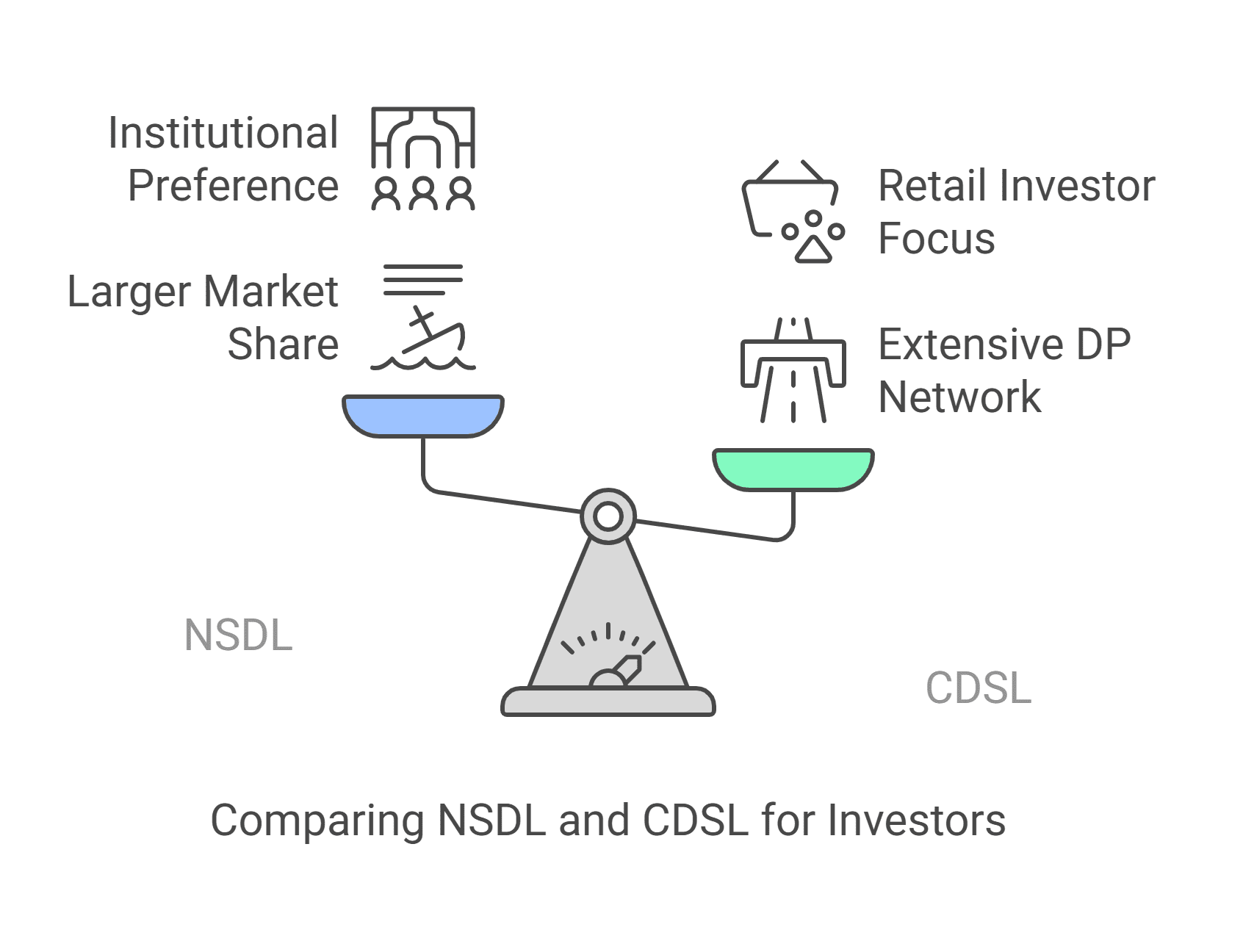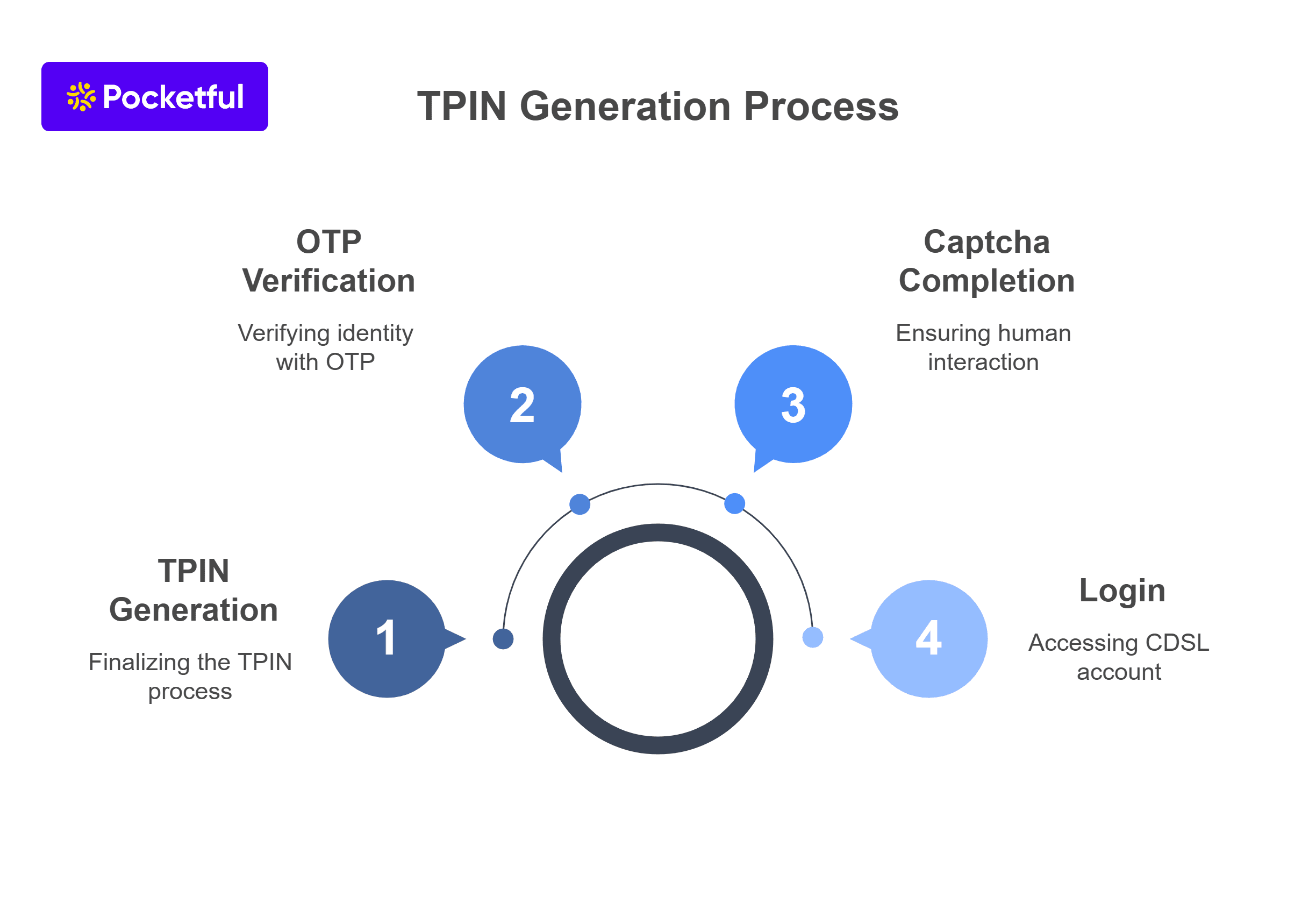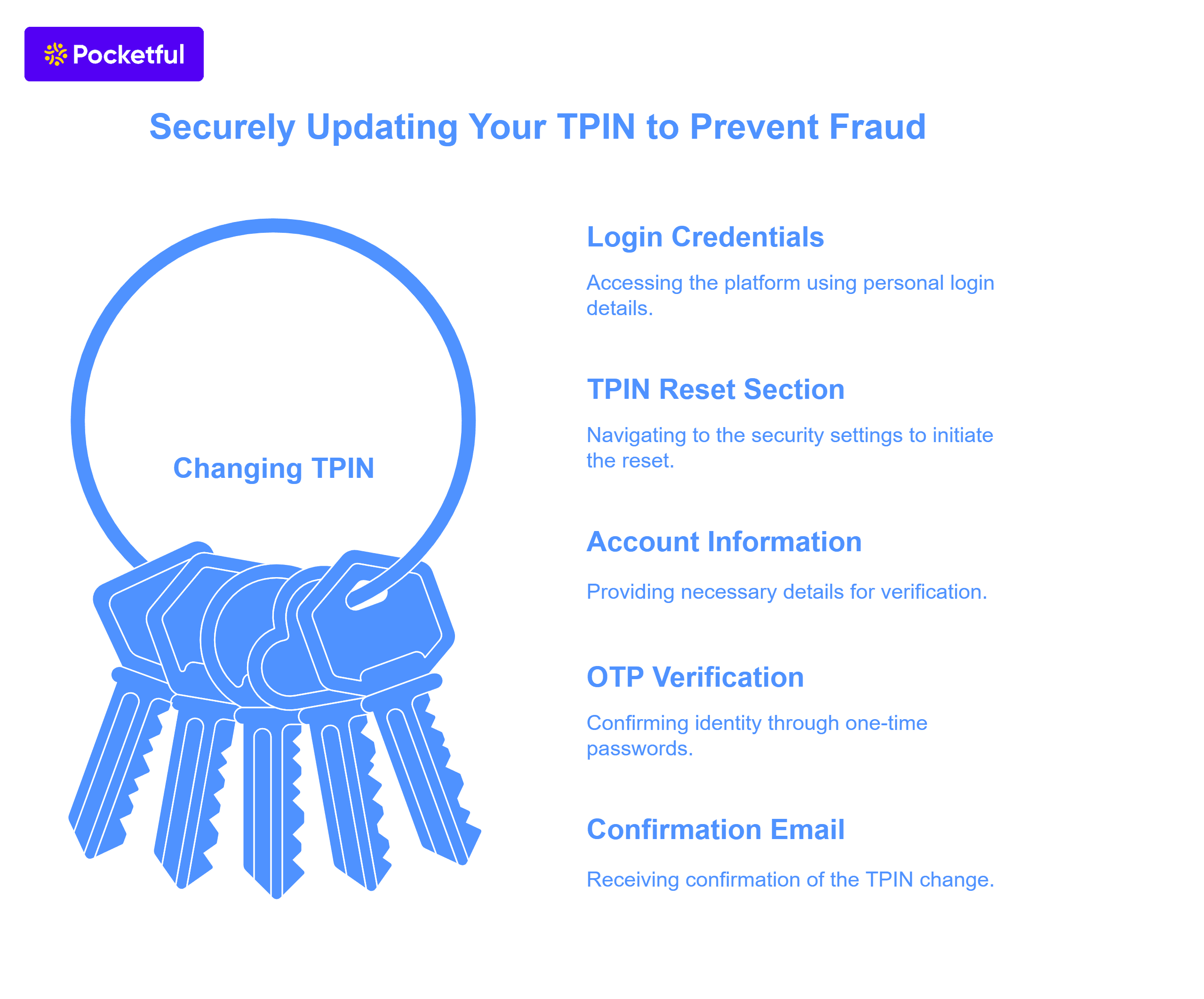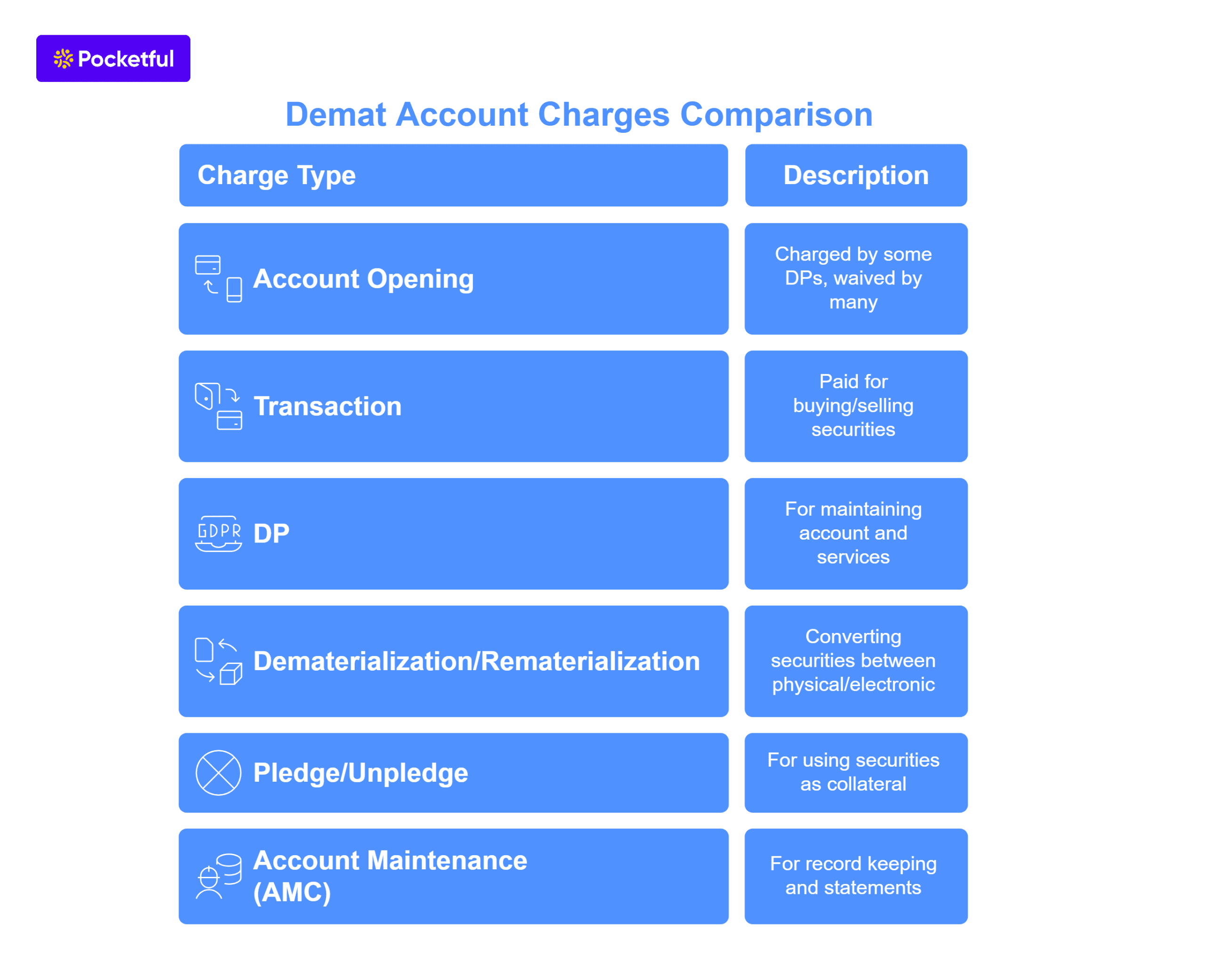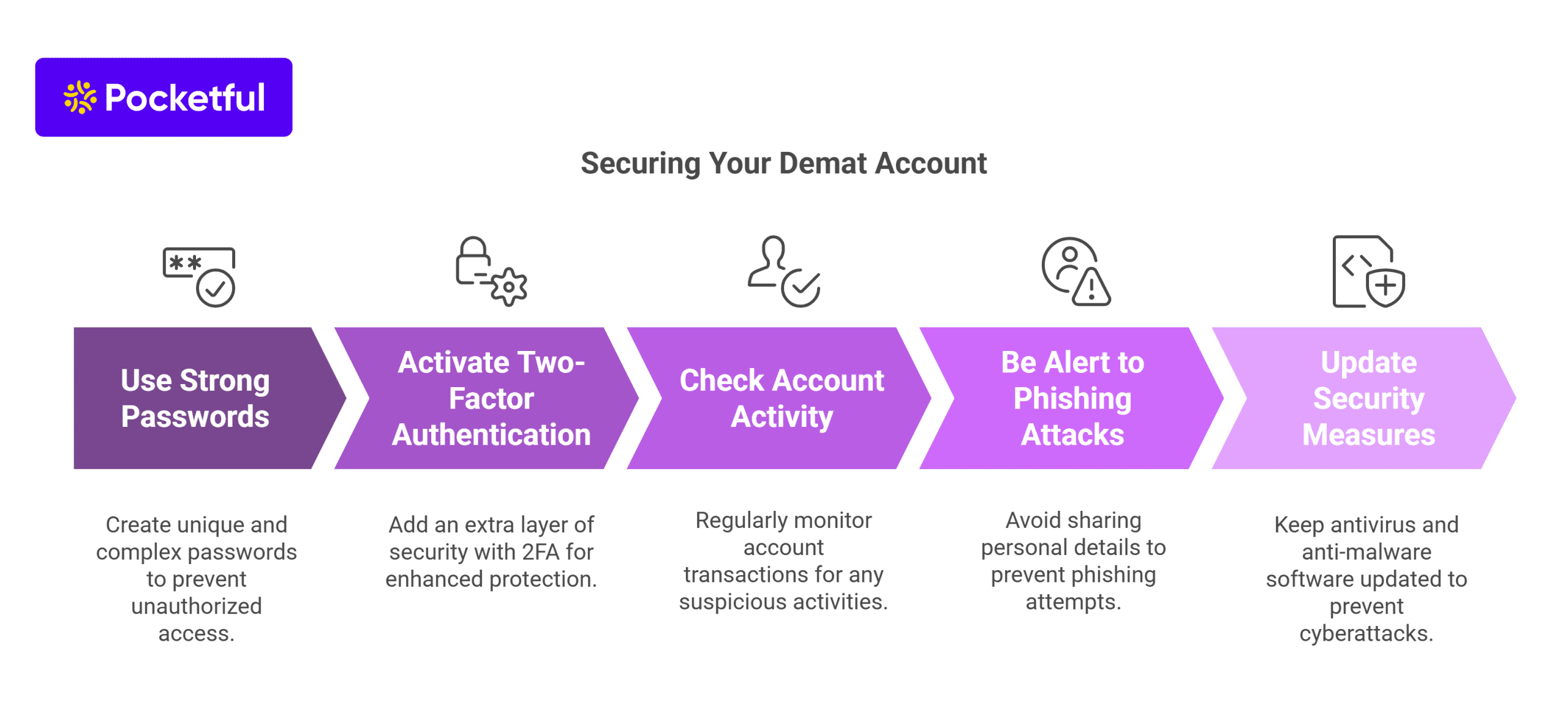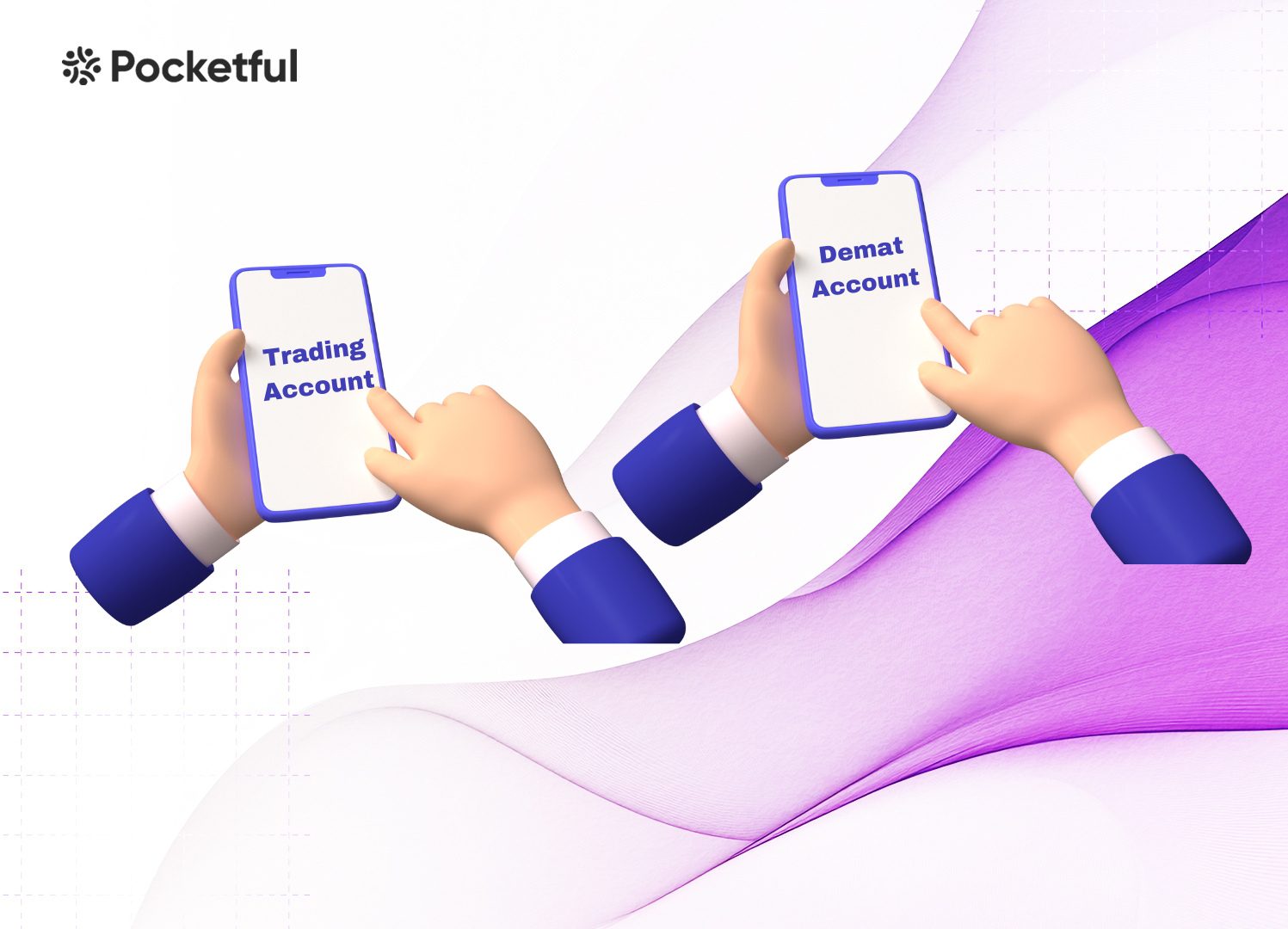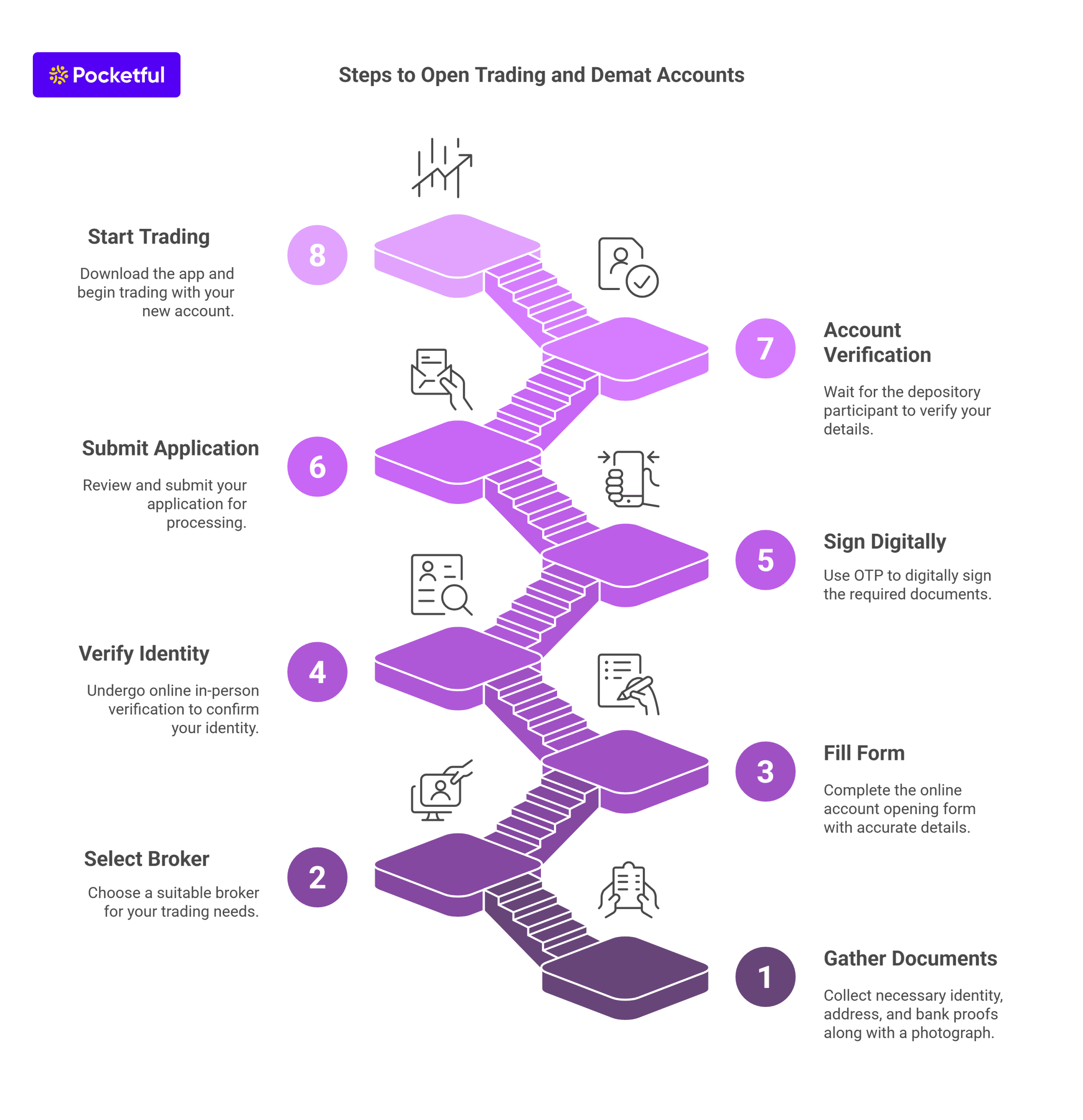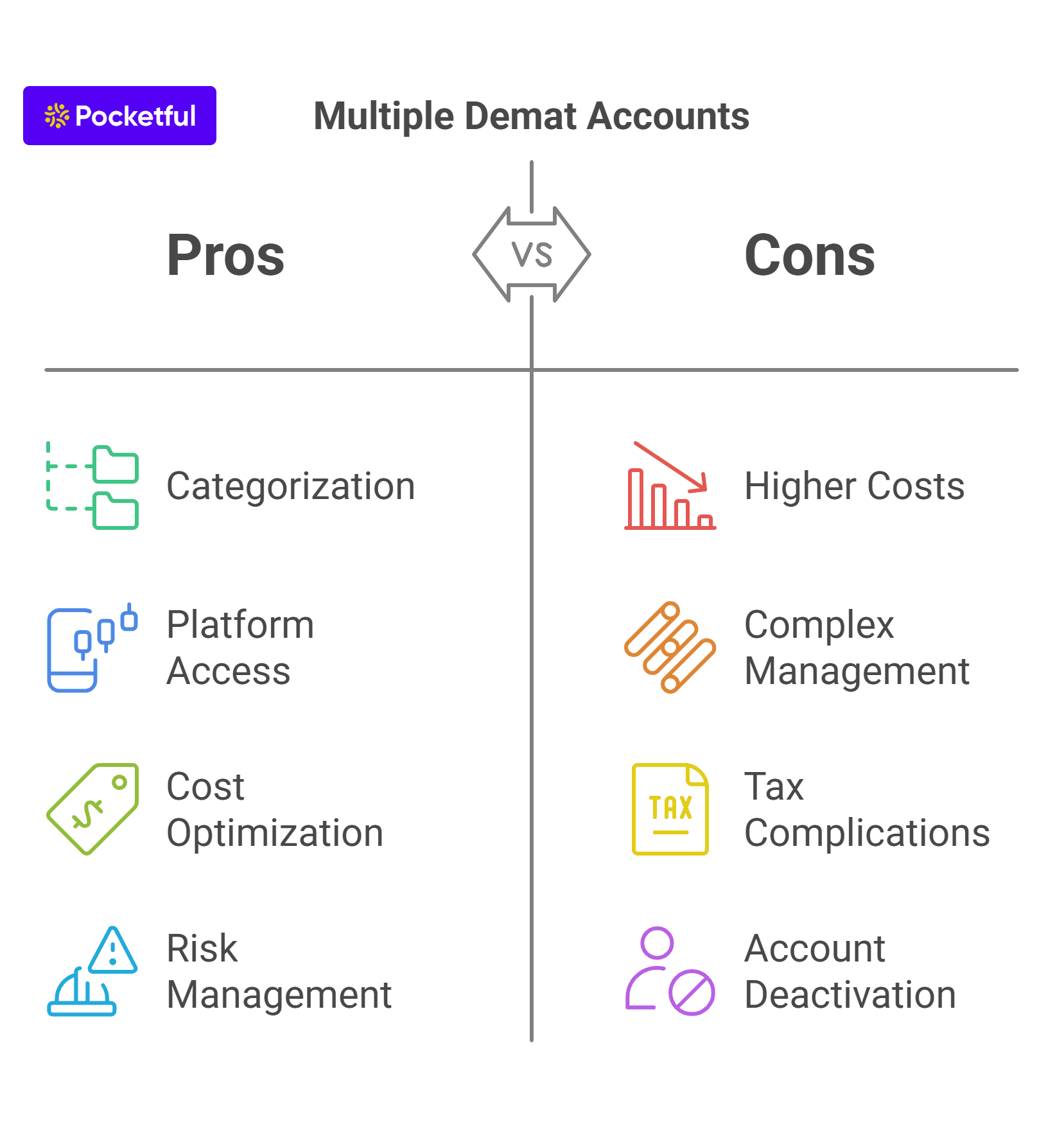A Demat account is essential if you’re investing or trading in the stock market. Whether you’re buying stocks, mutual funds, or ETFs, a Demat account acts like a secure locker for holding your investments, similar to how a bank locker stores gold. It’s important to note that no monetary transactions occur in the Demat account. After purchasing securities, the Demat account simply holds your investments in electronic form, ensuring safety and easy access.
Everyone knows how to open a Demat account, but how does one close a Demat account and avoid paying the AMC being charged on it? In this blog, we will discuss the process of closing a Demat account in detail.
What is a Demat Account?
A Demat account simply refers to a safe digital mode for holding securities. In this mode, one does not require a physical certificate anymore, which enhances the ease and safety of transactions.
There are various reasons why an investor may wish to close the Demat account. One reason could be switching to a different Depository Participant (DP), or second, it may be due to an inactive Demat account with zero holdings unnecessarily incurring fees. In addition, many consider closing inactive accounts and consolidating assets into one account a wise decision.
Steps To Close the Demat Account
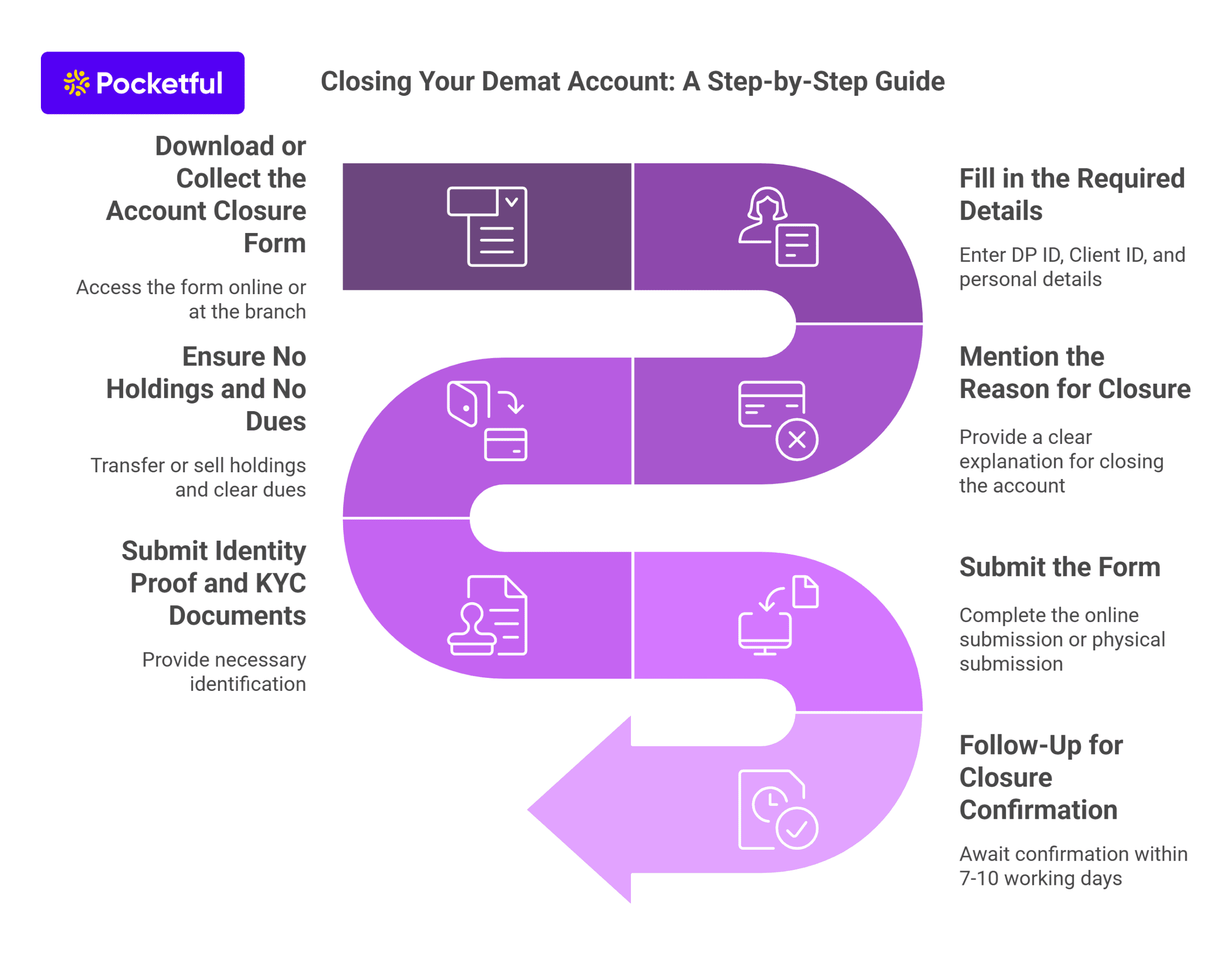
Steps to Close a Demat Account are given below:
1. Download or Collect the Account Closure Form – The form is available for download on the website of your Depository Participant. The form is also available at your DP’s branch.
2. Fill in the Required Details – Enter DP ID and Client ID as well as your details, including your name, address, and contact number.
3. Mention the Reason for Closure – Give the reason behind the closure of the account.
4. Ensure No Holdings and No Dues – There should be no remaining securities in your account. Ensure all holdings are transferred to another Demat account or sold and all pending dues, like maintenance fees, are cleared.
5. Submit Identity Proof and KYC Documents – Submit a copy of your PAN card, Aadhar Card, or any other identification proof as required by your DP.
6. Submit the Form – Submit the online form, and the process is complete or if you have a physical form, submit the completed and signed form with all required attachments in the DP office.
7. Follow-Up for Closure Confirmation – The DP will process the request within 7-10 working days and a letter or email will be sent to you by the DP as confirmation of the account closure.
Points To Check Before Closing a Demat Account
An individual should check the following points before closing a Demat account:
1. Clear All Pending Dues – Ensure all annual maintenance fees and transaction charges are paid.
2. Check Open Holdings – Ensure that all shares and securities are either sold or transferred before proceeding with account closure.
3. Mutual Funds — Transfer or redeem mutual funds held in the account. The individual must not have any active SIPs at the time of closing the account.
4. IPO Application — There should be no active IPO application at the time of closing your account.
5. Download Statements and Records – Download and save the transaction history and statement of holdings for your future reference.
6. Pledged Securities – Release your pledged holdings before proceeding with account closure.
7. Keep Tax Obligations in Perspective – An individual must be aware of the tax implications of paying capital gains taxes or any taxes arising from selling securities before account closure.
8. Review Alternatives – Look for alternative DPs that offer better service or at a better economic cost before you make the final decision about closing the account.
Read Also: How to Open a Demat Account Online?
What Details Do You Need to Mention While Closing a Demat Account?
An individual can download the closure application form from the Depository Participant’s website. Demat account closure is a simple process, and the individual needs to mention the following details:
1. Account Holder Information: Fill the Demat account closure form with details like full name(s) of account holder(s); contact details (address, phone number, email); DP ID and Client ID, etc.
2. KYC Proof: Provide a KYC proof in the form of a PAN card.
3. Reason for Closure: Individuals closing their demat account must give a reason for closure, such as a better alternative DP, no investment, consolidation of holdings, etc.
4. E-Signatures: E-signs of account holders are required if they have a joint account. A guardian must sign the form in case of closure of a minor account.
Account Closure for Joint Holders, Minors, HUF Account Holders
1. Joint Holders
The following points must be kept in mind while closing a Demat account with Joint Holders:
- In the case of a Joint Holder’s Demat account, the closure form must be signed by all account holders. Each one’s consent is required for closure. Some DPs may demand in-person verification or submission of proof of identity from each holder.
- The entire holding in the account should be transferred or liquidated before closing of account. A Client Master List (CML) copy of the joint account must be signed by the new DP, in which the joint account will be opened in case of transfer of securities.
2. Minors
The Demat account of a minor can be closed by the guardian nominated at the time of opening the account. The closure form should be duly signed by the guardian and accompanied by documents that would establish the appointment of the guardian, such as the birth certificate of the minor and the ID of the guardian. A CML copy should be signed by the new DP if the securities are transferred.
3. HUF (Hindu Undivided Family) Account Holders
HUF Demat accounts are closed by KARTA. The KARTA must sign the closure with the HUF stamp. A CML copy listing the demat account holdings must be signed by the new DP through which a new demat account will be opened.
Read Also: Documents Required to Open a Demat Account
How Long Does It Take to Close the Demat Account?
The DP usually closes the Demat account within 7-10 working days, provided all the pending payments and document formalities are in order. Once the form of closure is submitted to the DP and no holding or dues are pending, the DP verifies the documents and conveys to the individuals that the account is closed.
Conclusion
The bottom line is that a Demat account is indispensable for someone participating in the stock market because it provides a safe and convenient way to hold and manage securities. A person can opt to close their Demat accounts in situations like they have changed their DPs, want to reduce costs, or the accounts are inactive. Knowing the steps and documents required for a Demat account closure helps investors manage the transition process with ease.
Frequently Asked Questions (FAQs)
Why do people open Demat accounts?
People open Demat accounts to hold their investments in digital form and manage their portfolios more efficiently.
Is there any fee to close a Demat account?
Most DPs do not charge any fee for closing the Demat accounts, but it is best to confirm with your DP.
Can I close a Joint Demat account?
Authorization from all joint account holders is required before closure by all signing the closure form together.
What are the tax implications of closing a Demat account?
There are no tax implications associated with the process of closing a Demat account; however, a taxable event is triggered when securities are sold, leading to capital gain tax.
Can I reopen a closed Demat account?
Once a Demat account is closed, you cannot reopen it; you must open a new account if needed.


